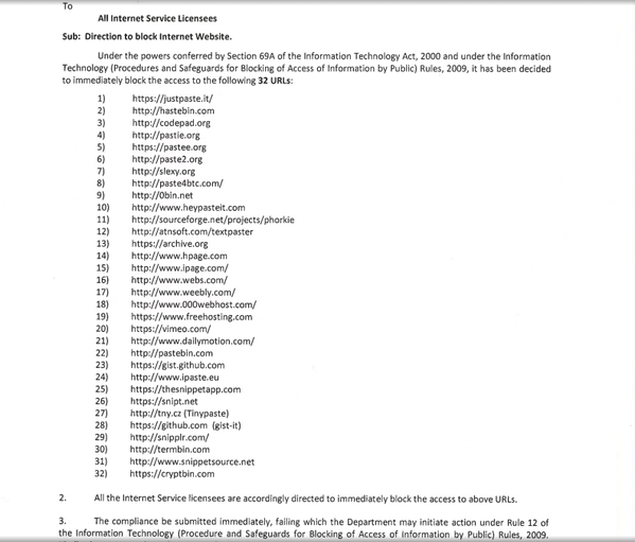


In any case, make sure you have the latest components from SourceForge (see ). Opened Sequence diagram editor, and you can edit diagram using pallete. It was the easiest way how I could have the components compatible with CodeWarrior, Eclipse, KDS *and* the various Kinetis SDKs. So please have this component added as requested by the component. Default is ‘none’ and with this it uses no SDK and does not have any impact on your components. You will see that it has a setting which SDK to use. All what it does it makes the component aware of the SDK (if there is any). In order to make the components compatible with ‘beans’, ‘LDD’ and SDK components, I had to add a ‘SDK wrapper’ component (this is this KinetisSDK component). There is a very long story behind the Kinetis SDK (have a read at, and ).
Source forge rss builder free#
Spitting out the bits, and word-string, will then happen in the ISR, and free up CPU cycles and make writing higher-level s/w using an RTOS much easier! I tried using Enter/ExitCritical() to preserve the key hard-timings necessary for bit-banging the WS2812, but somehow that didn’t work and I get intermittent communication errors… but I’ve yet to read the MQX-Lite Ref Man cover-to-cover! My workaround/plan anyway is to investigate using the PWM peripheral and DMA (is that’s possible) to DMA in the string of 24 consecutive duty-cycle values I pre-setup in RAM. Finally I wrote directly to GPIOx_PSOR/COR and after adding just the minimum number of NOPs to compensate for bus wait-states, I got 12MHz using direct memory writes 🙂 O3 helped, but that creates problems with the NOPs necessary for hard-timings. First I tried using BitIO in a loop to see how fast it would go - 😦 I tried calling the LDD directly, same thing.
Source forge rss builder code#
Building from central repositories of source code and/or pre-built targets. I have mixed feelings about some of the PEx components though … 😦 My first project is bit-banging to some WS2812B. Easily extensible through user-defined Builders for other languages or file types. Data-Forge Notebook Data analysis and visualization for JavaScript. Aha! I guess I’ve been spoiled by good dependency management tools like those for Linux packages 🙂 Thanks for pointing out the examples - I didn’t know they were so many there, and it that was EXACTLY what I needed to get productive right away!Īgain, thanks for being such a great brand ambassador for Freescale! The K20/KL25/KL26 are incredible bang-for-the-buck, but the learning curve for both tools (IDE, GCC, PEx, MQX, etc.) and devices are very high, and your blog/tutorials/examples/components are a great help! sleek Todo app based on todo.txt, free and open-source.


 0 kommentar(er)
0 kommentar(er)
